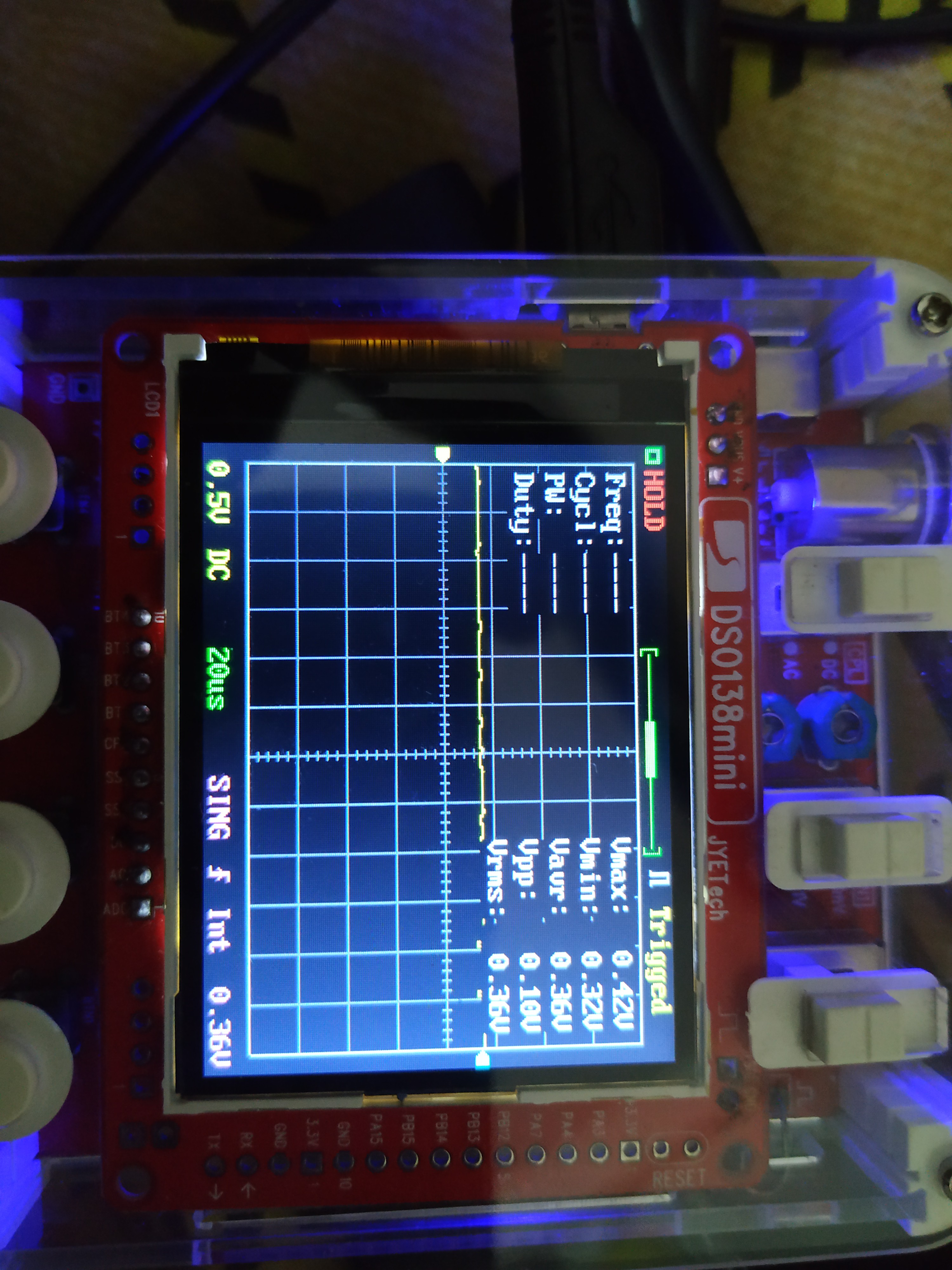IR sensor modifications : When white paper is placed at about 0.5cm, transistor gets 0.56v just enough to trigger it.
but when a human hand is placed at same distance or even near, the photodiode output voltage doesn't rise above 0.42v as shown in pic.
the 222n transistor used requires min 0.55 / 0.6v at base to switch it ON.
solutions:
* run the circuit at higher voltage (currently testing at 5v)
* search for alternate transistor with lower min base voltage ( should be cheap and widely available)
* try adding more IR emmiters / LED around the photo diode, possibly increasing photodiode output.
will further test with given solutions.

 vybhav-nag
vybhav-nag
Discussions
Become a Hackaday.io Member
Create an account to leave a comment. Already have an account? Log In.
The turn on threshold of silicon transistors is around 0.6V and determined by physics so no use trying other models. You just have to make your detector circuit more sensitive or provide more light.
Are you sure? yes | no
Yeah, I'm also trying to use higher voltage instead of 5v, then I might have to change RC pulse generator components. Then the sensor might be more sensitive at same distance. If the transistor method doesn't work, I just have to use an Op-amp and design a circuit around that. (Instead of 555)
Are you sure? yes | no
The thing is a BJT is really a current operated device so it's not very enlightening to measure the BE voltage. You could try using a darlington pair to increase the current gain.
Are you sure? yes | no
Min Vbe required is 0.6v (as in data sheet) , so without the min voltage, would the drive current even matter, as I'm getting sufficient base current to turn ON above 0.55v, so I doubt even using Darlington might help (as Vbe min ~= 0.6v to start with).
So, some how, if sensor is able to provide above 0.55v, there is no need for a Darlington pair as transistor has sufficient current at 0.55v (with a 33ohm).
But, will also check possibility, if a Darlington pair can increase gain, from Vbe < 0.55v, I'm considering also Vbe along with Ib is cuz, I'm working with absolute min voltage required to drive base.
Are you sure? yes | no
The BE junction is a diode so the relationship between voltage and current is non-linear (not like a resistor) so it's not the voltage that matters, it's the current. The photodiode isn't conducting enough current to cause the BJT to sink enough collector current after amplification. The point is that a BJT is really a current amplifier. The gain of a BJT is specified in terms of current amplification. The BE voltage is incidental, it is whatever is needed to cause that amount of current to flow.
Are you sure? yes | no
ooh yup, it didn't occur to me that about transistor internal resistance, Thank you for pointing that out. 😅 I would have wasted a couple of days before realising that. So in theory a Darlington pair should help ( T1 as amplifier and T2 as switch).
And I also consider changing Resistor at trigger pin (as that provides amount of current to be sinked to ground)
So operating transistor as an amplifier, with current Ic <= Ib*gain, from the resistor (currently 22k) at trigger pin of 555.
Are you sure? yes | no